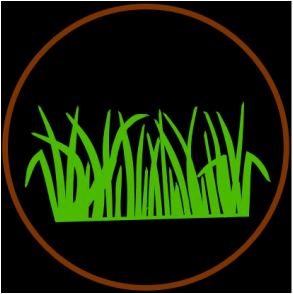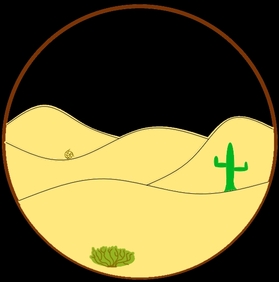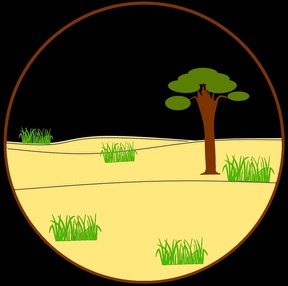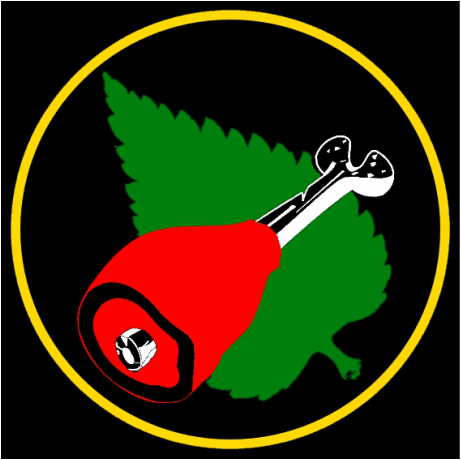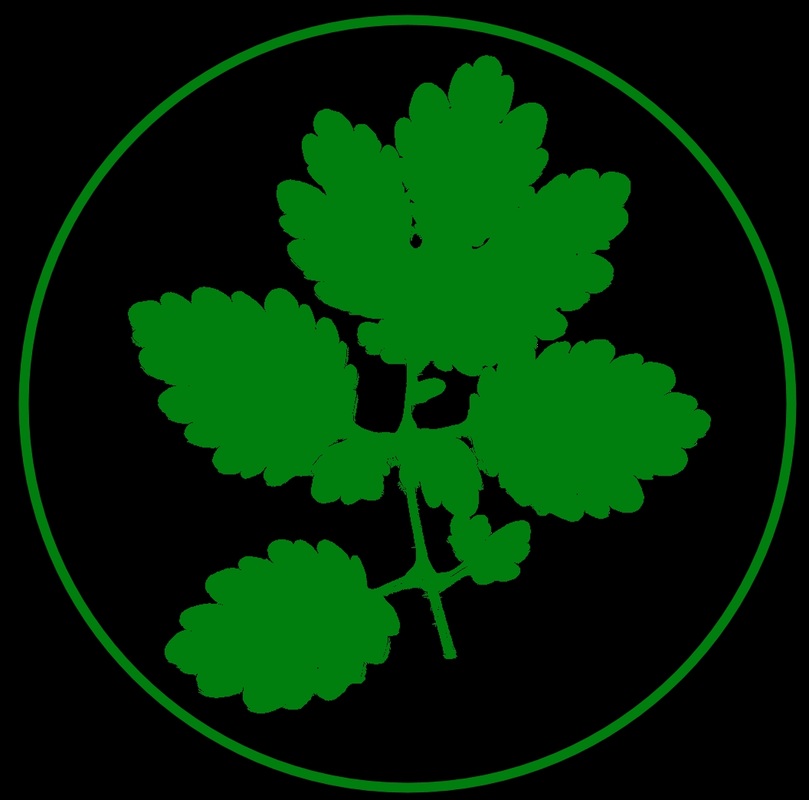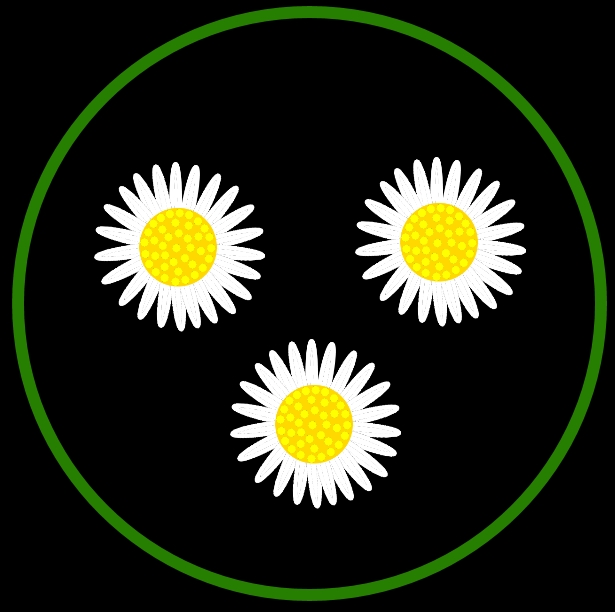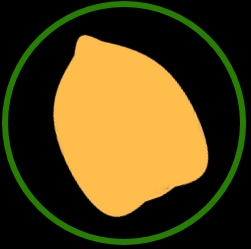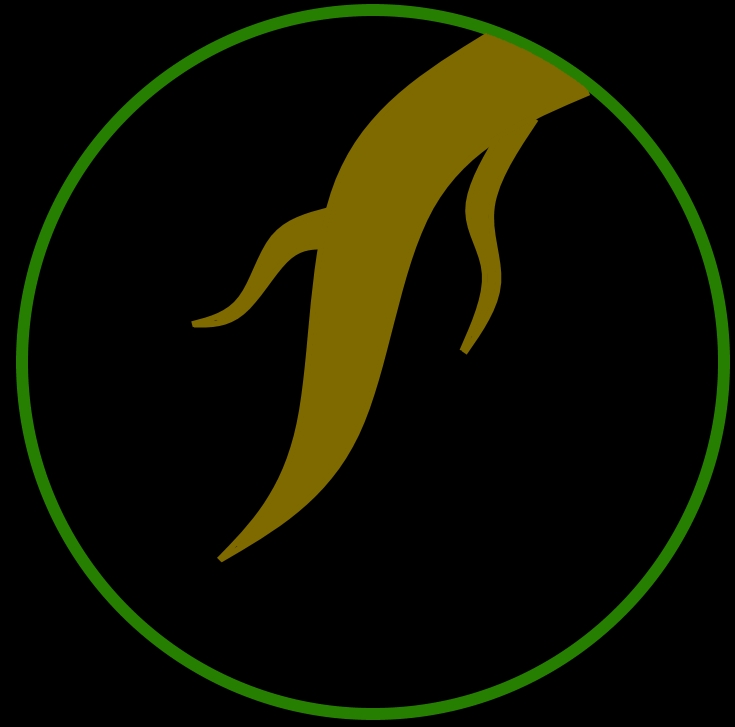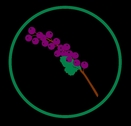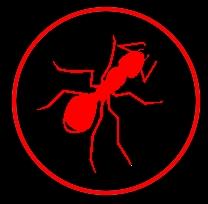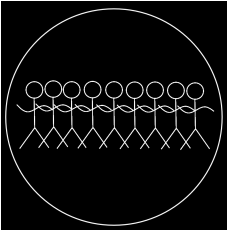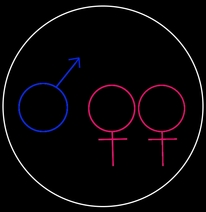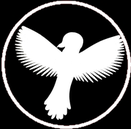Ostrich
Struthio camelus
Where is it found?
Grassland, desert and savannah
Diet and foraging method
Key adaptations
Powerful legs for running. Individuals can run at over 40mph making them the fastest bird. Not only good sprinters, Ostriches can run at 30mph for more than 30 minutes!
Their strong legs, in combination with a 10cm toe claw, make the perfect weapon to defend themselves against predators like Lions and Leopards.
Their strong legs, in combination with a 10cm toe claw, make the perfect weapon to defend themselves against predators like Lions and Leopards.
Social organisation and mating system
Solitary or in pairs
Individuals come together in groups for breeding. Typically polygynous breeding with one male to three-five females. Eggs are laid into a "dump" nest that can contain as many as 60 eggs. Both males and females incubate the eggs for 40-50 days until they hatch.
Did you know that...?
Ostriches are the largest bird in the world - standing 2m tall, have the biggest egg (15cm diameter and 1.3kg) and the largest hatchling chicks - can be as large as chickens! To sustain their large size, ostriches need to eat about 3.5kg of food every day but do not need to regularly drink as they obtained most of their water from their food.
Taxonomy
Sources:
Maps from: http://species.mol.org/species/
Adult image: "Ostrich Ngorongoro 02" by Nicor - Own work. Licensed under CC BY-SA 3.0 via Wikimedia Commons - https://commons.wikimedia.org/wiki/File:Ostrich_Ngorongoro_02.jpg#/media/File:Ostrich_Ngorongoro_02.jpg
Chick image:
"Afrikanischer-Strauß-Küken" by Robert Otto - Taxonomie-des-Lebens.de. Licensed under CC BY-SA 3.0 via Wikimedia Commons - https://commons.wikimedia.org/wiki/File:Afrikanischer-Strau%C3%9F-K%C3%BCken.jpg#/media/File:Afrikanischer-Strau%C3%9F-K%C3%BCken.jpg
Egg image: "Straußeneier La Vallee Tranquille" by Harald Süpfle - photo taken by Harald Süpfle. Licensed under CC BY-SA 2.5 via Wikimedia Commons - https://commons.wikimedia.org/wiki/File:Strau%C3%9Feneier_La_Vallee_Tranquille.jpg#/media/File:Strau%C3%9Feneier_La_Vallee_Tranquille.jpg
Adult image: "Ostrich Ngorongoro 02" by Nicor - Own work. Licensed under CC BY-SA 3.0 via Wikimedia Commons - https://commons.wikimedia.org/wiki/File:Ostrich_Ngorongoro_02.jpg#/media/File:Ostrich_Ngorongoro_02.jpg
Chick image:
"Afrikanischer-Strauß-Küken" by Robert Otto - Taxonomie-des-Lebens.de. Licensed under CC BY-SA 3.0 via Wikimedia Commons - https://commons.wikimedia.org/wiki/File:Afrikanischer-Strau%C3%9F-K%C3%BCken.jpg#/media/File:Afrikanischer-Strau%C3%9F-K%C3%BCken.jpg
Egg image: "Straußeneier La Vallee Tranquille" by Harald Süpfle - photo taken by Harald Süpfle. Licensed under CC BY-SA 2.5 via Wikimedia Commons - https://commons.wikimedia.org/wiki/File:Strau%C3%9Feneier_La_Vallee_Tranquille.jpg#/media/File:Strau%C3%9Feneier_La_Vallee_Tranquille.jpg

